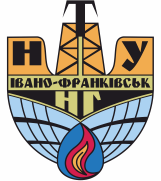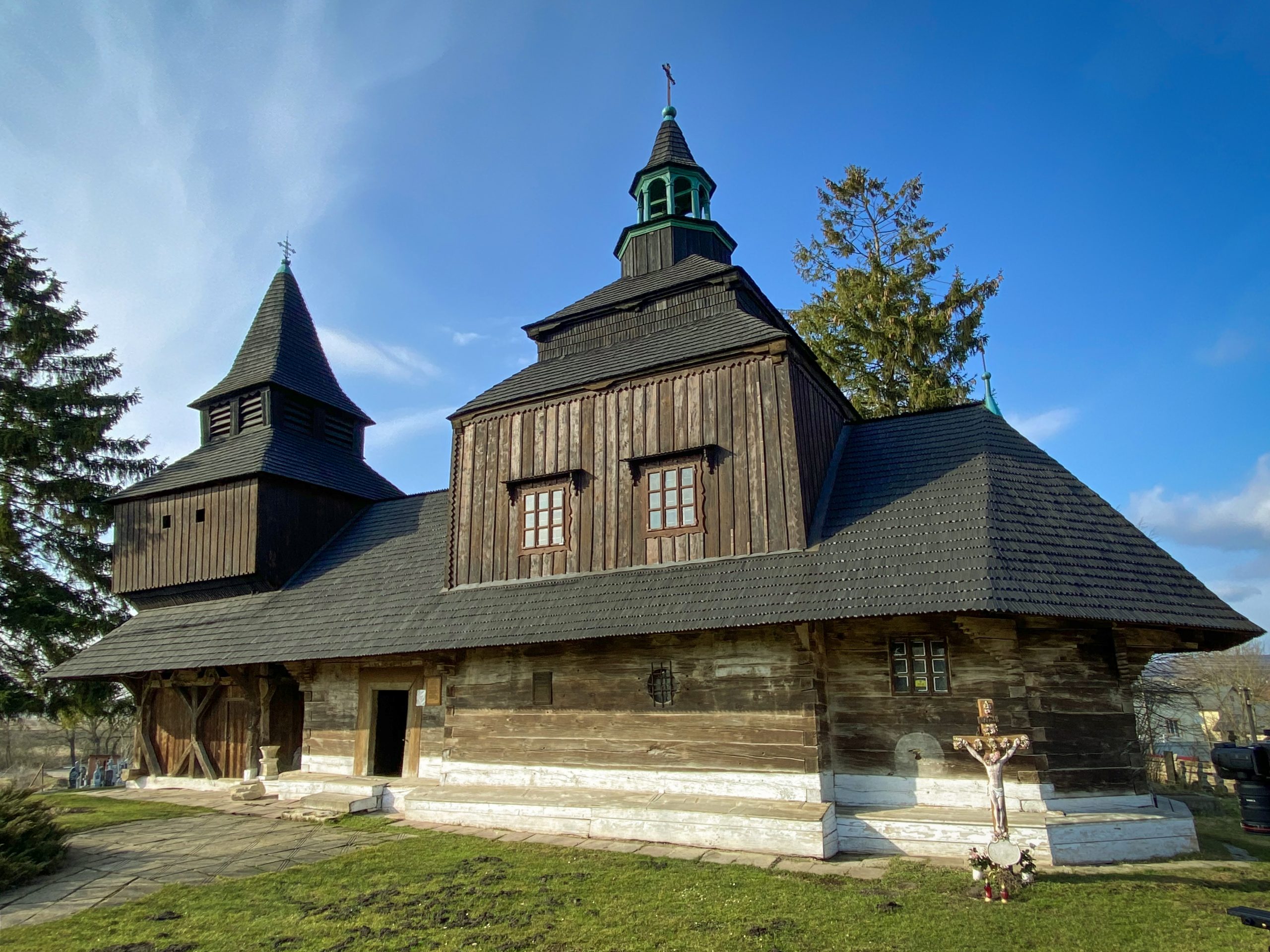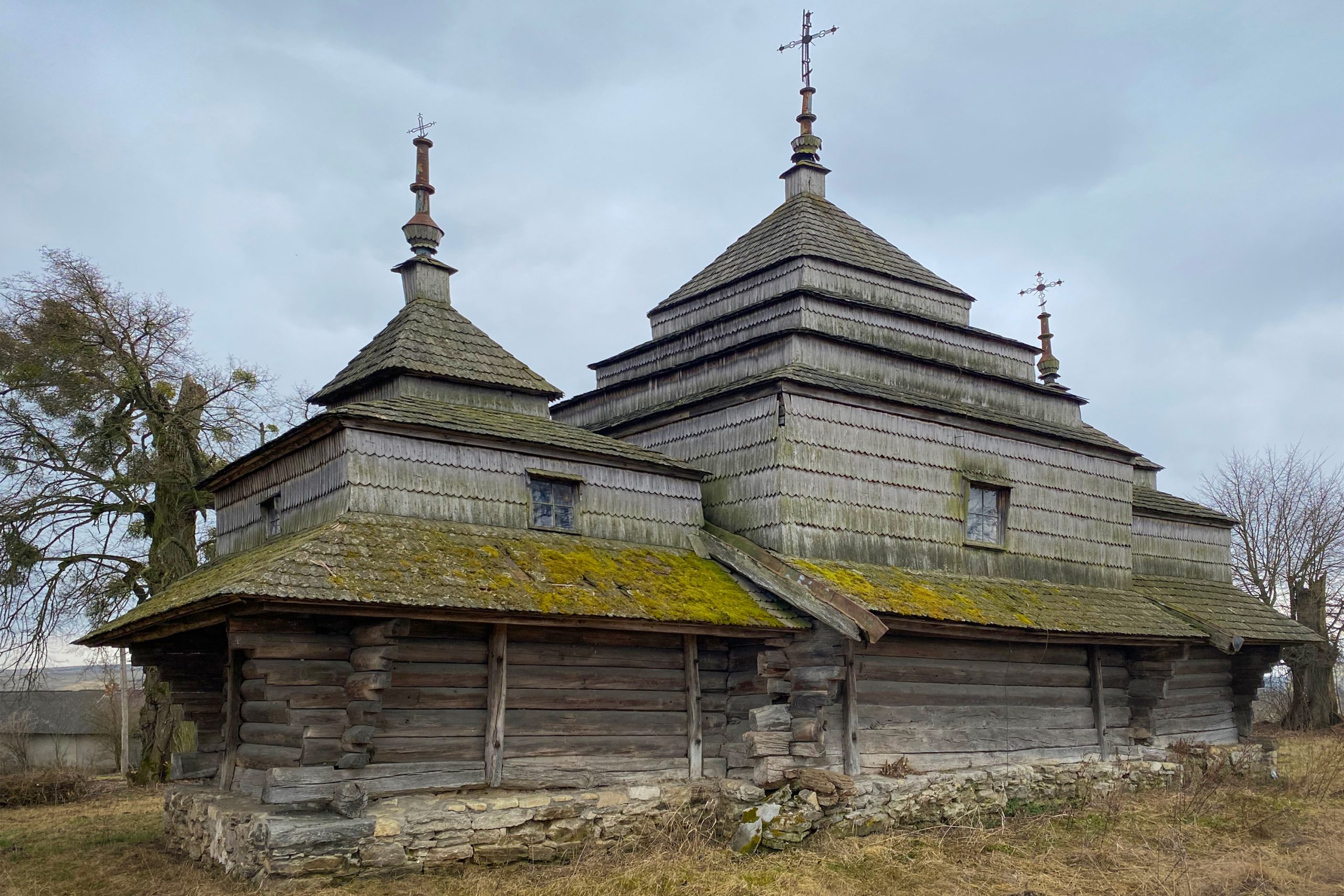Church of Nativity of The Most Holy Theotokos, 12th-14th centuries. Patrimony number 242. Monument of national importance. It is located in Rohatin city, Roksolana Square, no. 19.
It is one of the oldest places of worship in the Precarpathian area. It rises in the city’s central square, not far from another important monument – St. Nicholas Church.
The researchers’ opinions differ slightly regarding the year of construction of the place; some assume that the church was founded during the Principality of Galicia in the 15th-18th centuries. According to a popular legend, in 1241, the inhabitants of Rokhatyn hid in the church from the attacks of the Tatar-Mongol conquerors.
Over the centuries, the church has been rebuilt countless times, so it is explicable why in its architecture, the Gothic style elements are so masterfully intertwined with those of the Baroque.
In 1642 the monks installed a cathedral iconostasis that existed until the 20th century. In the years of the First World War, the church did not suffer any damage. In 1941, during World War II, the church was hit by a bomb that destroyed its entire roof, leaving only the walls intact. In 1944, during the withdrawal of German troops, a mine completely destroyed the church’s interior; after the war, the church suffered restoration work that lasted almost ten years. The iconostasis that exists today was installed in 1961. The churchyard was surrounded by solid walls, in which there are two access gates, one of them being embellished with a miniature tower.
After the proclamation of Ukraine’s independence, the church was restored, its interior was embellished with rich ornaments, the domes and crosses were gilded and a figure of the Mother of God was installed.











